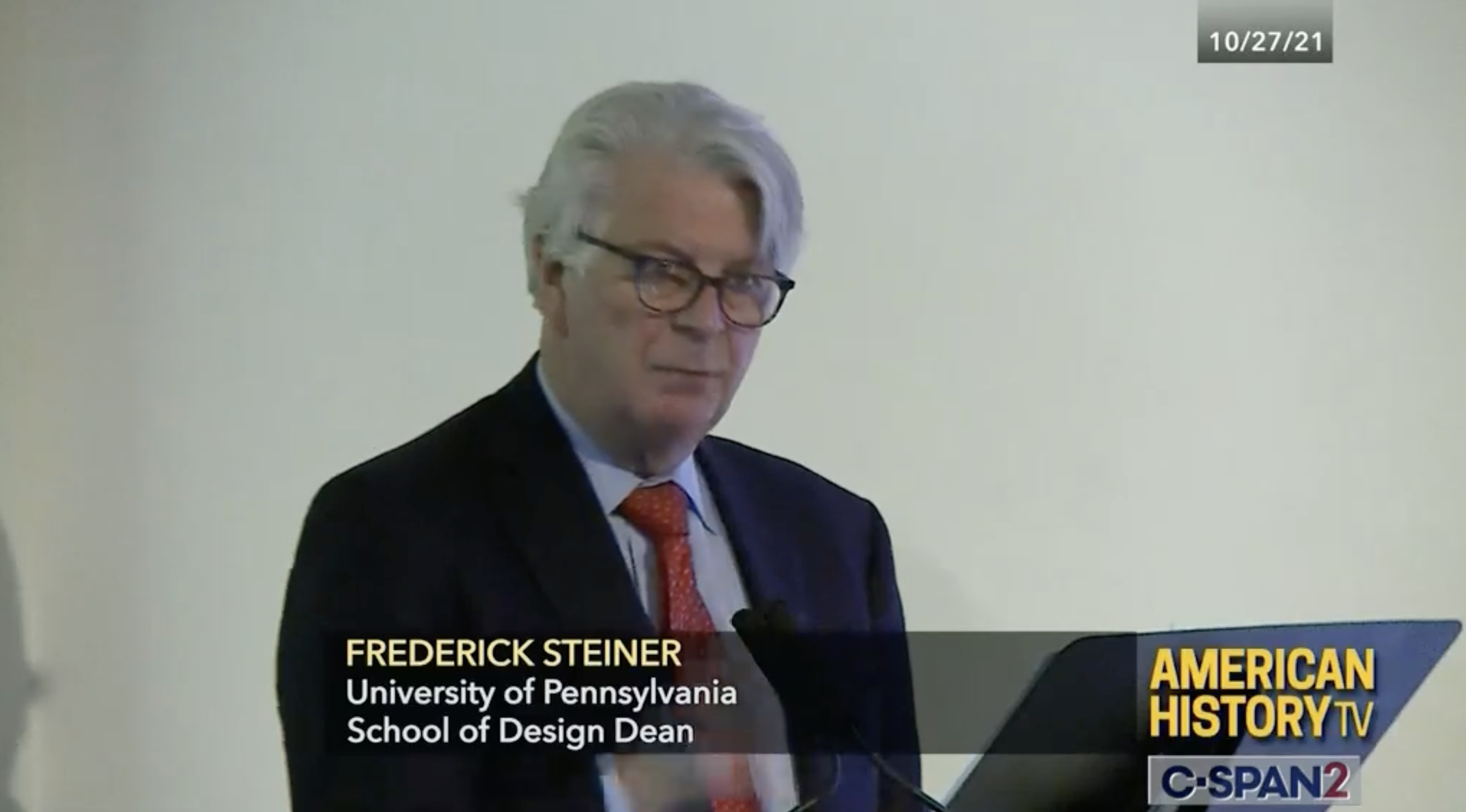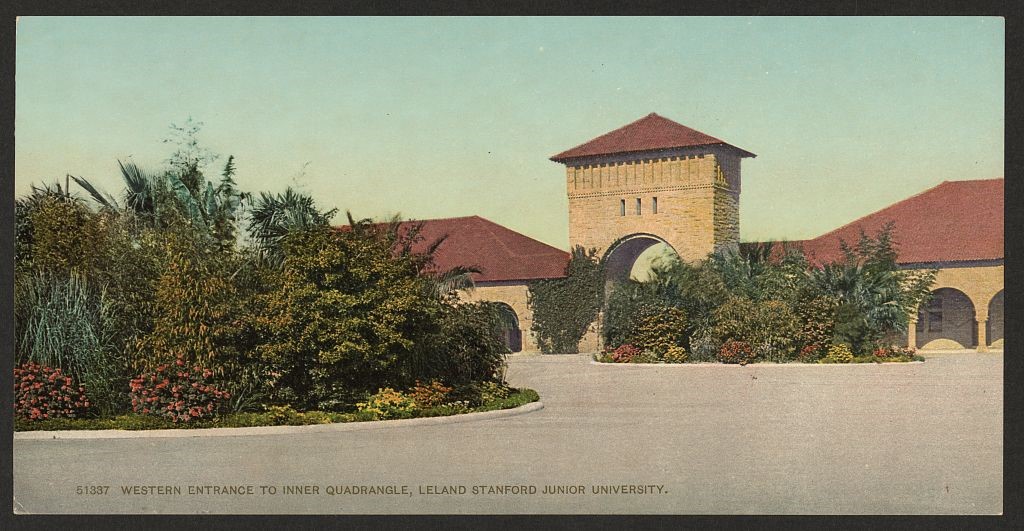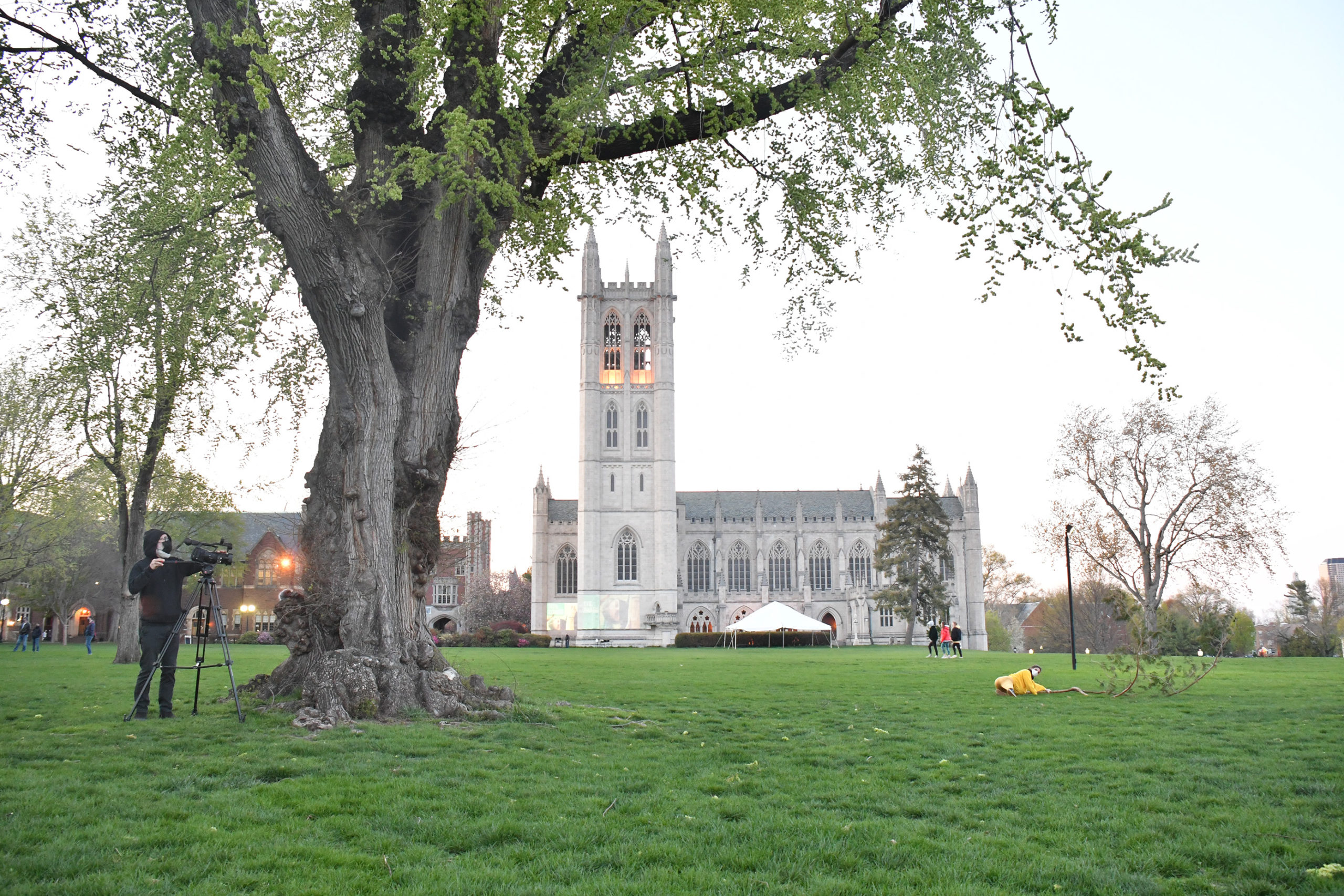
In the wake of the Civil War, American universities emerged as important national institutions. Olmsted believed that the physical environment of learning – buildings and grounds – played a significant role in the success of education. He planned campuses for Cornell and Stanford and successor Olmsted firms undertook projects at scores of institutions including Duke, Sewanee, Colby College, Harvard, Gallaudet, Wellesley, Swarthmore, and Johns Hopkins.
In a day-long symposium sponsored by the National Association for Olmsted Parks— now the Olmsted Network— practitioners and scholars discussed campus planning and how Olmsted principles can inform campus design today. The program included specific examination of campus designs at Stanford, Duke and Washington University of St. Louis. The symposium aired on C-SPAN 2, which offers recordings here.











